Against the Stream: 10 trackside attractions worth the road trip
From relying on newspapers for race results to receiving in-race updates in the palm of your hand, the way in which auto-racing fans consume the sport is always changing.
The most recent hot button within the sport’s consumption is the quantity of streaming services. Subscription-based streaming platforms have ballooned over the past five years, providing high-definition coverage with complex graphics and telemetry for anything from sports car racing at Sebring to snowmobile racing in Wisconsin. In an instant, grassroots racing can be pulled from every corner of the continent to your backlit screen. And the coverage is just as good as it is on the national broadcasts.
Watching a Formula 1 or NASCAR race on the television feels like you are there in person, and sometimes even inside the driver’s helmet. This year, NASCAR followed F1’s lead and debuted a thimble-sized camera that can be mounted to any driver’s helmet foam. The camera provides a racer’s eye view of the spectacle. It’s awesome. I could watch an entire race from that perspective.
Oh, and the data on any broadcast is remarkable. The amount of figures flashed across the screen would likely overwhelm any Nixon-era crew chief.
So why would anyone leave the comfort of their home to watch a race?
The roar of the engines, the smell of burnt rubber, the camaraderie—I could go on, but I know I’m preaching to the choir.
I would like to offer a less-obvious allure: the venue.
In motorsports, the venue and its surrounding area is just as important as the cars on track. Plenty of courses produce intense on-track action, sure, but what sets certain raceways apart from others—and lures fans away from their screens—is the track’s window dressing. The ancillary bits.
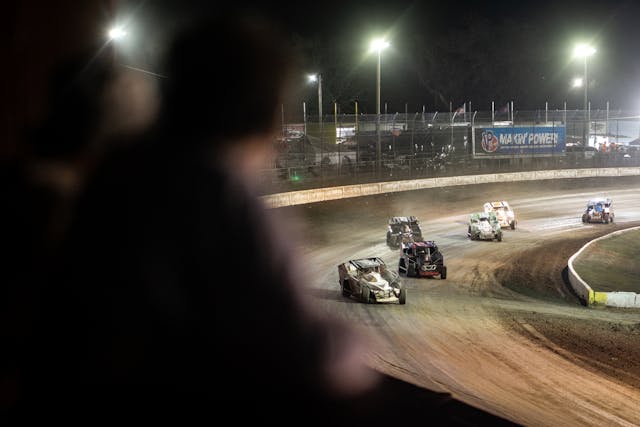
The structure on the outside of turn three that promises cold beer and a unique vantage point.
The river outside of the track that hosts race-day tubing runs.
The bar down the street where drivers’ signatures adorn its cinderblock walls.
Gamers and Jeep product managers would call these “easter eggs.” Whether on campus, or down the street, almost every track has at least one. If you think your local track doesn’t have a hidden gem, chances are you haven’t immersed yourself amongst the race course’s cognoscenti. Let’s take a look at some of our favorites.
Sebring’s Turn 10 and Green Park
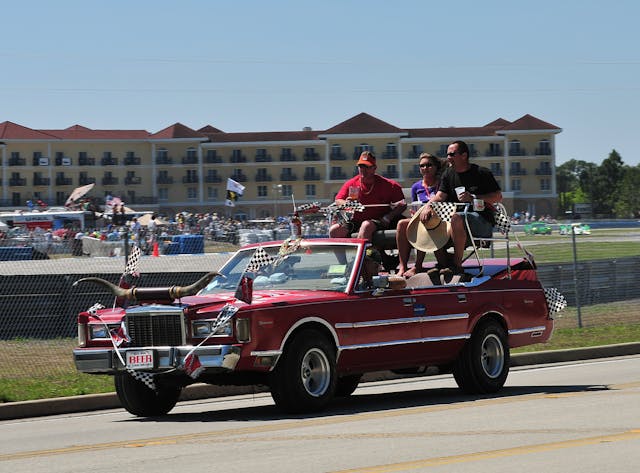
Really, the entirety of Sebring’s spectating zones could be regarded as the track’s special location. The 17-turn Florida track annually hosts the 12 Hours of Sebring. Despite being considered a jewel of pro sports-car racing’s triple crown, the 12-hour enduro seems secondary to the party.
Portions of the infield, such as Green Park—which is neither green nor a park—as well as Turn 10 are particularly rowdy. Long before his stint at The Doors frontman, Jim Morrison got drunk on Chianti at Green Park and nearly stumbled onto the track. Today, fans bring couches and chairs to spectate. Rather than pack up, they simply set fire to the furniture.
Watkins Glen has been domesticated and Bryar Motorsport Park was shuttered, leaving Sebring to carry the torch for rowdy road courses.
IMS Snake Pit

Indy’s infield party zone has endured since the speedway’s early days, though the Snake Pit, as it’s called today, looks a lot different than it did back in the day.
Since the 1920s, fans flocked to the inside of Indianapolis Motor Speedway’s Turn 1 to watch open-wheelers pour into the sweeping corner. Over time, that area became the designated hangout for college-age fans looking for a place to cut loose. By the ’70s, it was known as the “Snake Pit,” where mud wrestling and loud music were commonplace.
As the inside of the first turn became crowded with grandstands and additional buildings, Snake Pitters had to find a home somewhere else, so they moved to the inside of Turn 4. The party atmosphere faded, and the Pit nearly became extinct.
In 2010, however, Speedway staff revived the pit inside the Indy oval’s third turn. Large temporary stages are erected for a race-day music festival. Lights, smoke, premier electronic dance artists, and throngs of young fans keep the Snake Pit legacy alive.
Hillbilly Hotel
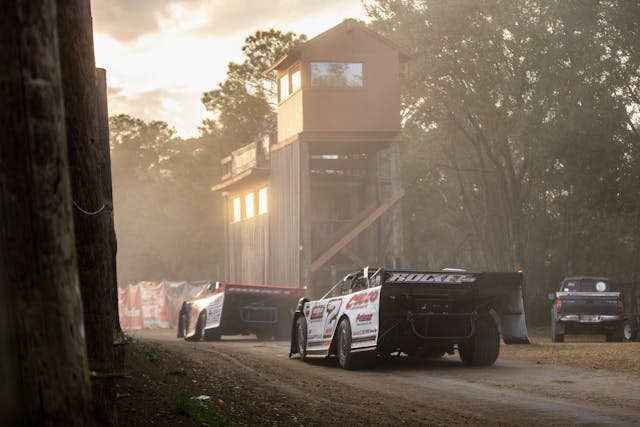
In the early 1970s, Korean War vet Benny Corbin transformed a small sandy dirt track in Barberville, Florida, into a half-mile, clay-paved speed palace.
Within his demo crew, seven-year-old David Blackwelder was responsible for driving one of the tractors. After six decades, and numerous track changes, Blackwelder is still here. He’s traded the tractor seat for a three-story structure outside of Volusia’s third turn known as the “Hillbilly Hotel.”

What started out as a small area next to the fence, reserved for Blackwelder and his closest friends, has evolved into a VIP suite on wooden stilts. One story, then another, then a third—Blackwelder added to his structure as safety precautions pushed his group back from the fence and retaining walls eliminated sight lines.
At a backwoods oval track, the perspective is a unique treat, and portions of the first and second floor are enclosed to supply dirt-free spectating. Blackwelder even ran a plastic drain hose to the ground for depositing empty beverage cans. (Florida is one of the 10 states that uses a 10-cent bottle-deposit system.) Down on the ground floor, he also built a kitchen with a working sink and a portable toilet. All told, the homebuilt structure can accommodate 45 people.
How do you gain access to the best seat in the house? Blackwelder has one prerequisite: “If I like you, you can come up.”
Butler Treehouse

For Midwest dirt fans, you don’t have to travel to Florida to get a bird’s eye view of a dirt track. Some crafty diehards at Michigan’s Butler Motor Speedway built a treehouse on the edge of a neighboring property to take in the local action. Stickers and signs adorn the massive tree, and climbing up through the branches is reminiscent of the dream treehouse from the Peter Pan movie Hook.
To misquote Pan, “All the world is made of faith, trust, and dirt track dust.”
Apple River Tubing
Sticking with the dirt-track theme, Cedar Lake Speedway in New Richmond, Wisconsin, invites fans out to the nearby Apple River for a morning of race-day tubing. The track offers bus transit from the river to the track and promises to “have you back to the track way before hot laps start!” Floating, then racing, in the heart of cheese country—I can’t think of a more indulgent summer day.
Seneca Lodge
In 1944, Donald L. Brubaker steered his 1941 Packard into Watkins Glen, New York, with plans to establish roots in the Finger Lakes town. He had just purchased a camp that he intended to run while raising his family.
The original campus lodge, a log cabin that Brubaker built in 1947, burned to the ground in 1948. With the help of local volunteers, Brubaker’s cabin was rebuilt and reopened in the same year. And just in time to host the banquet for the inaugural Watkins Glen Grand Prix.
Since then, the lodge has been a mainstay for racers, and the Bench and Bar Tavern room is evidence. Numerous patches, stickers, and pennants line the walls of the room. To this day, winners still hang their wreath on the wall.
Barber Motorsports Park
The Alabama Rollercoaster, as it’s called by its most devout, is the poster child for window dressing. What other track features a 230,000-square-foot museum, multiple installation art pieces, and enough giant animal sculptures to be considered an inanimate zoo? The on-track product is great, and IndyCar visits every year, sure, but the real fun is searching the property for the hidden Easter eggs. Can you spot the zombie or the wild monkey?
Siebkens Hotel
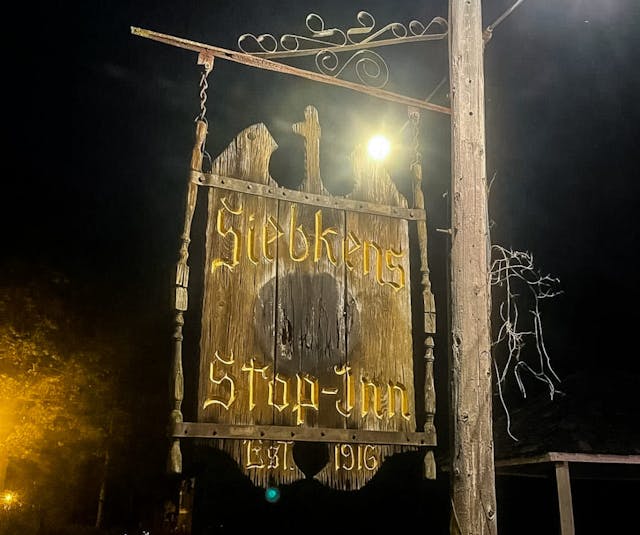
After emigrating from Northern Germany in 1912, Herman and Laura Siebkens opened the Elm Park Hotel in Elkhart Lake, Wisconsin. While Herman Siebkens leaned on his hotel expertise to establish Elm Park as a world class hotel, it was his daughter Olive (aka Ollie) who made the resort’s name synonymous with auto racing.
For three years (1950–52) the small Wisconsin town hosted a race through its streets. Jaguars, Allards, and Cunninghams whizzed past Siebkens front door awning. After racing was decidedly moved out of town, Ollie helped with the completion of the purpose-built race track on the outskirts of town.

Since 1955, Road America has become one of North America’s premier road-racing facilities. During that time, Elm Park, now known as Siebkens Resort, has remained a weekend destination for drivers, crews, fans, and even “King of Cool” Paul Newman, who stayed in Room 11 while filming Winning.
Carteret Speedway
“The place is wild and reminds me of putt golf mixed with a museum and a race track,” motorsport journeyman Andy Newsome says of the North Carolina bullring. “The place is one of a kind.” If you go, make sure you spot the old Union 75 ball towers outside of the fourth turn that were once used by NASCAR spotters at stock car racing’s superspeedways.
Nelson Ledges

This is an odd one. Supposedly, Nelson Ledges sports car course in Eastern Ohio has a rather rare set of concrete bathrooms. During a visit to the quirky track, a grounds manager mentioned that the Smithsonian Museum offered dough to take the vintage bathrooms off of the property. The story goes that these are some of the last remaining concrete potties in existence. Who knows if there’s any validity to the story, or if the track worker was pulling my leg. Regardless, it’s a testament to the wild, wacky, and supremely wonderful Easter eggs you may find at a race track.
Does your local track have a hidden gem, oddity, or Easter egg? Let us know in the comments below.
***
Check out the Hagerty Media homepage so you don’t miss a single story, or better yet, bookmark it. To get our best stories delivered right to your inbox, subscribe to our newsletters.
Via Imola
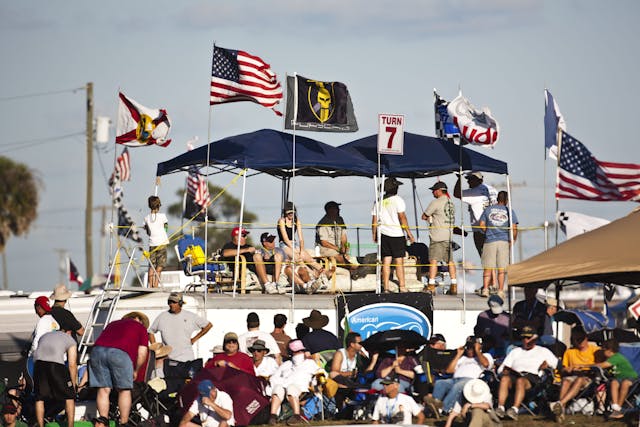
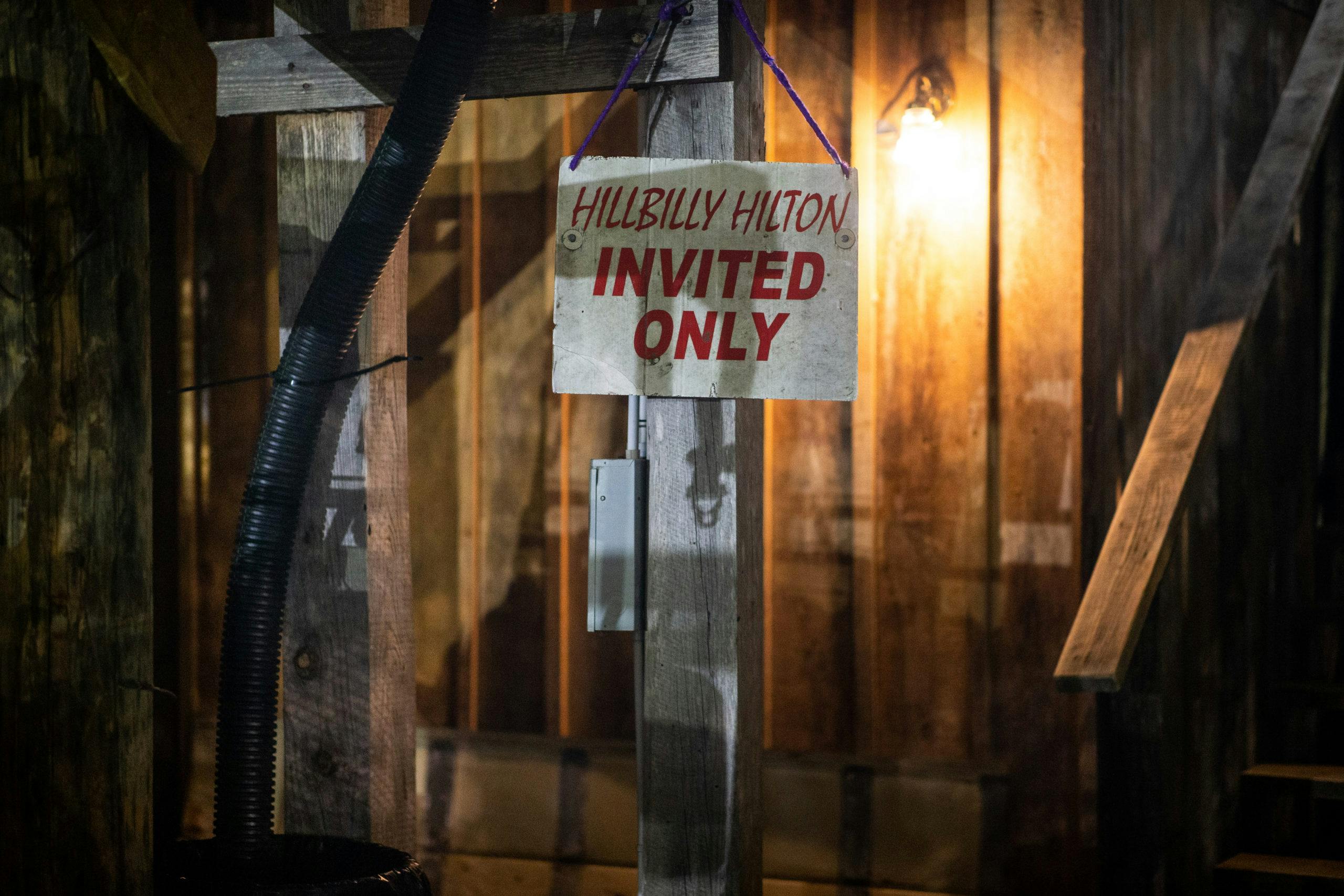
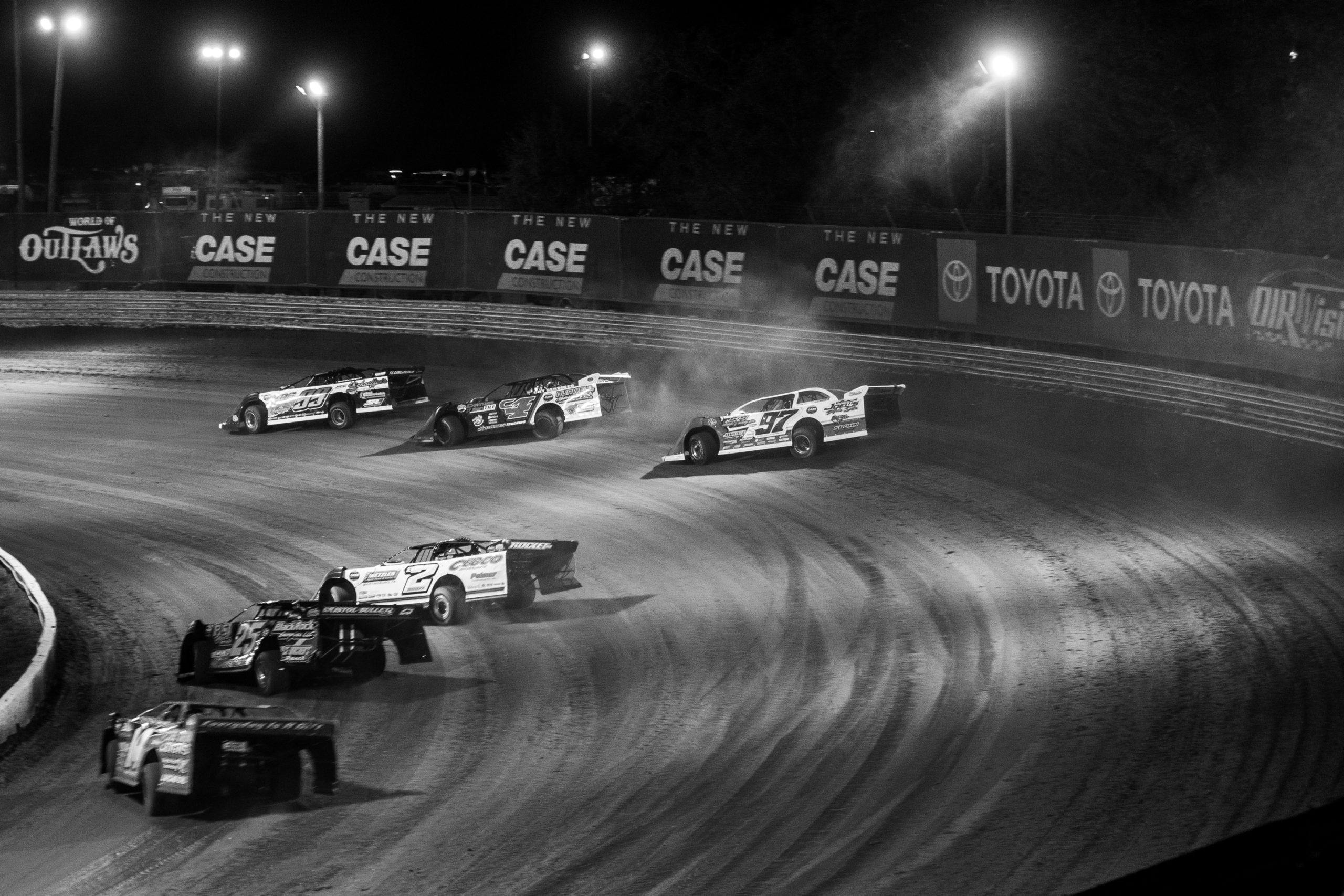
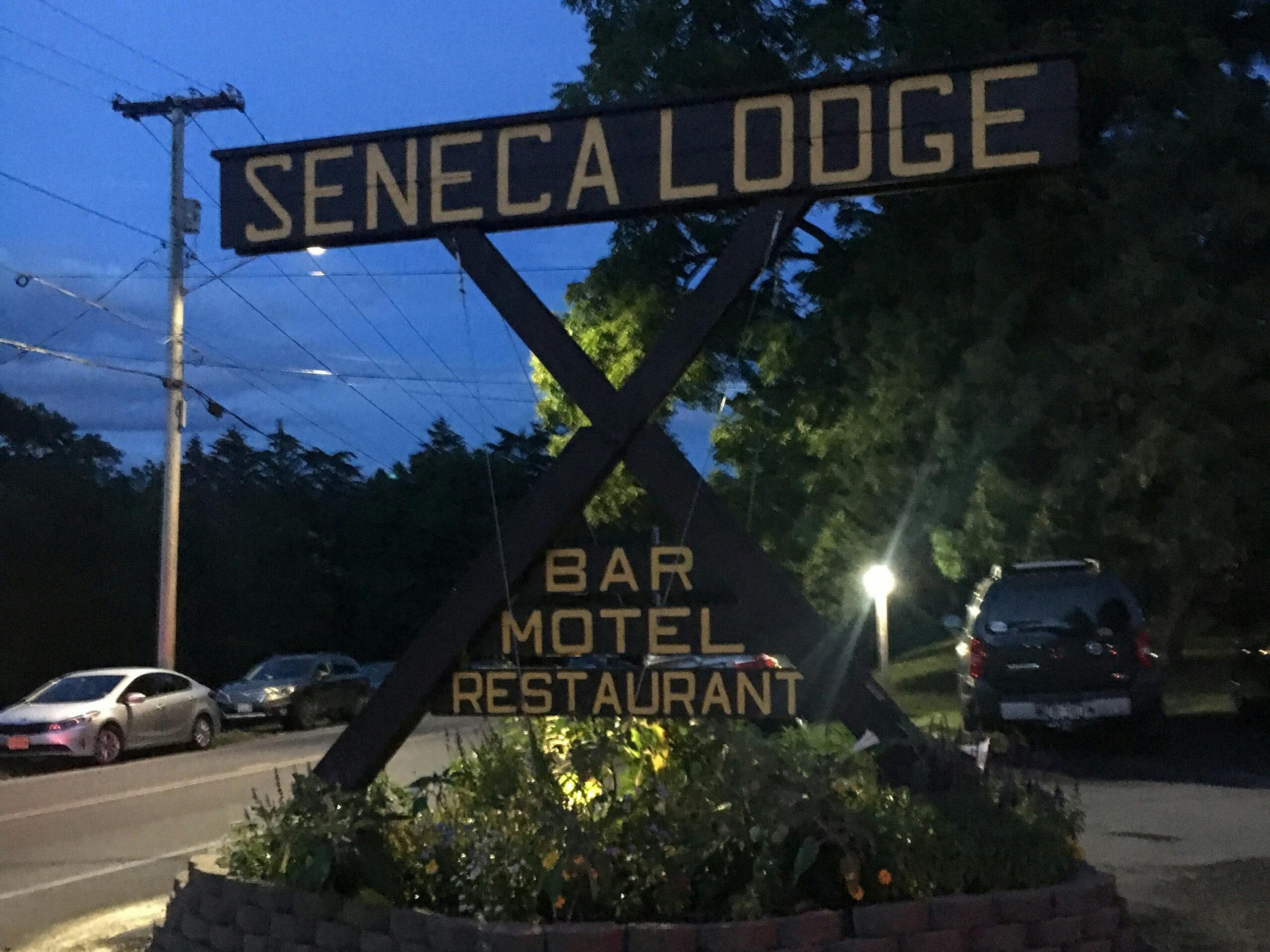



If you are 40 or older, don’t waste your time at the IMS Snake Pit. It is nothing like it was “back in the day.” You used to be able to go to turn one, party, AND watch the race. Now there is seating that blocks infield viewing. I am sure it is even more decadent now than it was in the late 60s and early 70s.
In the middle to late 70’s I remember walking around in this area and seeing things that a young teenager should not have been privy to….
Even early 80’s it was very wild. I recall the end of the day at Practice one year it looked like the Gettysburg battle field after the battle. Smoke and bodies laying all around like they were dead. Many many have wished they had dies by the time they baked in the sun.
Today the Snake pit is just a hip trendy spot the speedway promotes and it is not even in turn one.
There was lot of brain cells and innocents lost in turn one at Indy Someone should write a book on it.
The joy of the track is the sounds and smells of the action. That works for me.
There’s nothing quite like the smell of hot brakes while the dew is still on the grass.
You forgot the Chalet at Lime Rock, just saying.
Love Siebkens and Road America!
Actually the infield at Talladega still host many amazing events beyond the race. It still staggers the imagination of the drivers yet today.
OMG Nelson, a world unto itself. In the 70’s, a folksy and wild camping scene in the infield, and between heats, one of the most peaceful places on earth. The outer crash barrier was the Tirewall, used and defective tires cabled together, and groundhogs took up residence there. Walking Oak Tree and the Carousel on a still Sunday morning looking for The Dip (it moved), you might be charged by one or two.
Seneca Lodge! Good times.